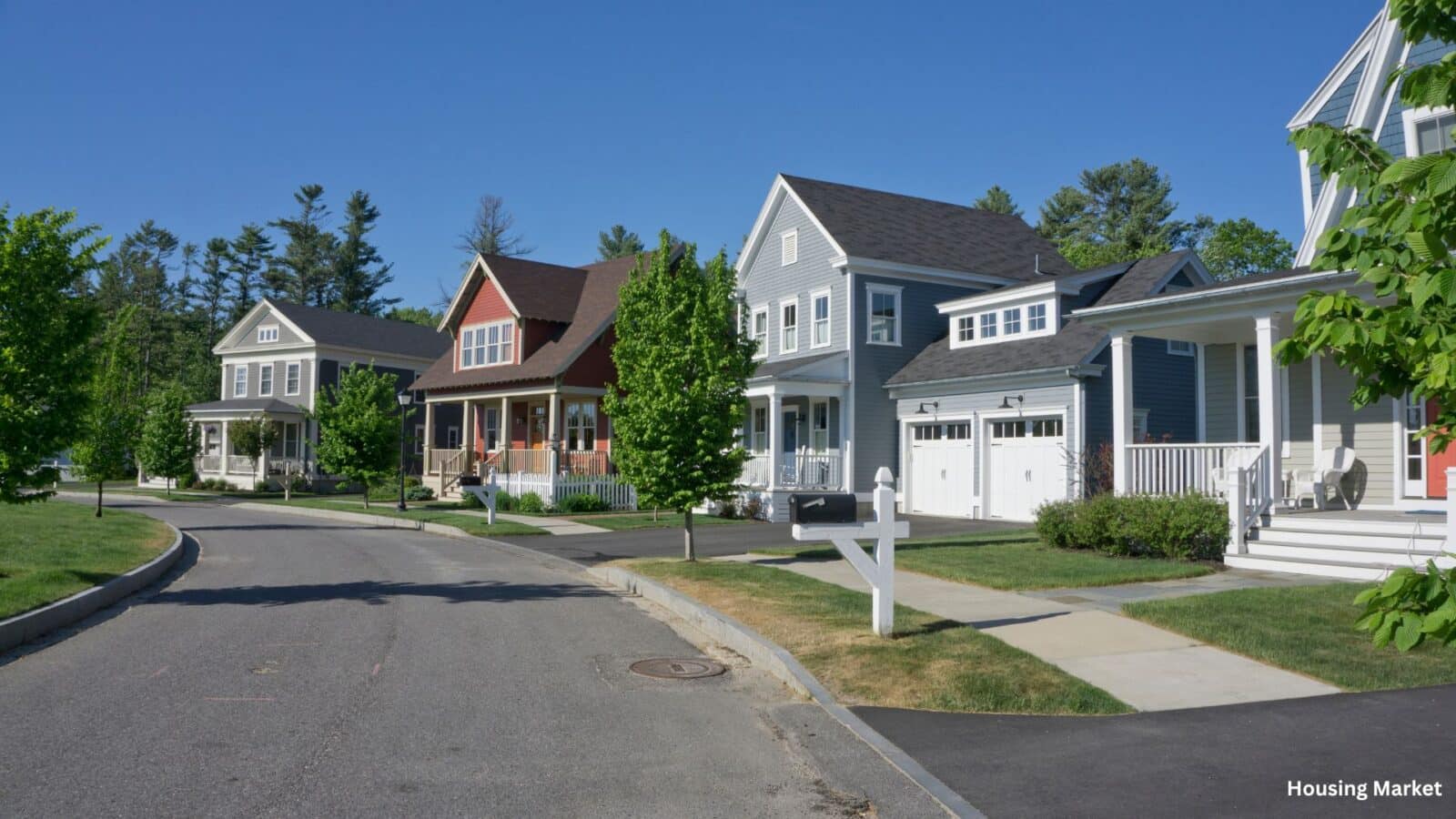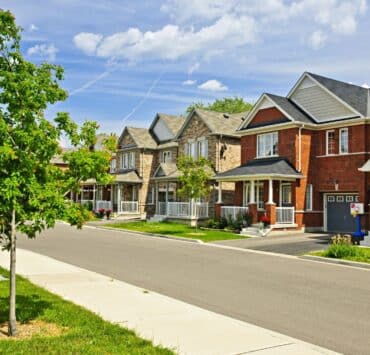The Harris down payment subsidy proposal, introduced by Democratic presidential candidate Kamala Harris, aims to help four million first-time homebuyers with a $25,000 taxpayer-funded down payment assistance. While the plan intends to make housing more affordable, recent analysis suggests it may actually have the opposite effect. According to a new study from the American Enterprise Institute (AEI), this subsidy could lead to an increase in national home prices, with a projected rise of 4%. This unintended consequence has sparked debate about the effectiveness of such subsidies in the current housing market.

The Purpose of the Harris Down Payment Subsidy
At its core, the Harris down payment subsidy was designed to tackle the issue of housing affordability, especially for first-time buyers. By providing a substantial financial boost, the plan seeks to lower the barriers to homeownership. However, housing experts and economists quickly pointed out a potential flaw in the proposal: a subsidy like this one could artificially inflate demand without addressing the underlying issue of limited housing supply.
How Subsidizing Demand Can Lead to Price Increases
In housing markets with restricted supply, increasing demand through subsidies can inadvertently push prices higher. The AEI study, led by scholars Edward Pinto, Tobias Peter, and Sissi Li, found that the Harris down payment subsidy would likely raise home prices because it does not address the regulatory barriers and land-use restrictions that limit housing supply. These constraints, such as density regulations and lengthy permitting processes, prevent new construction from keeping up with demand, leaving buyers to compete for a limited number of homes. When demand rises without an increase in supply, sellers can raise prices to meet this new level of competition.
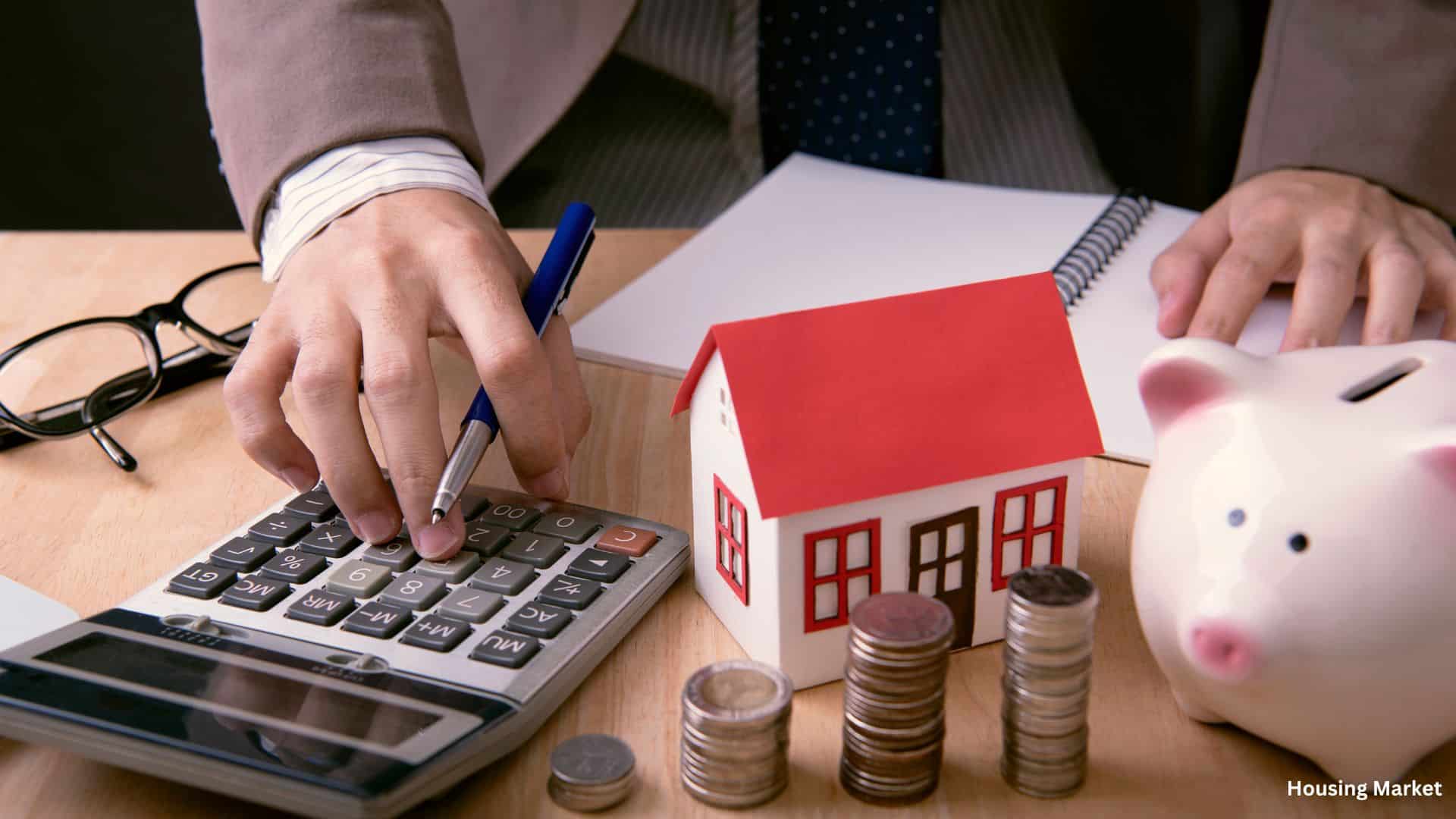
Regional Variations in the Subsidy’s Impact
The effects of the Harris down payment subsidy would not be uniform across the country. The AEI report reveals that the impact would vary by region. In more expensive housing markets, such as coastal California, the subsidy’s effect on prices would be relatively modest, with increases between 1% and 2%. However, in more affordable areas like the Midwest, the price boost could be as high as 6%. This means that while the subsidy might provide some immediate relief for homebuyers in pricier regions, it could contribute to significant price hikes in more affordable markets, ultimately making housing less accessible to those it aims to help.
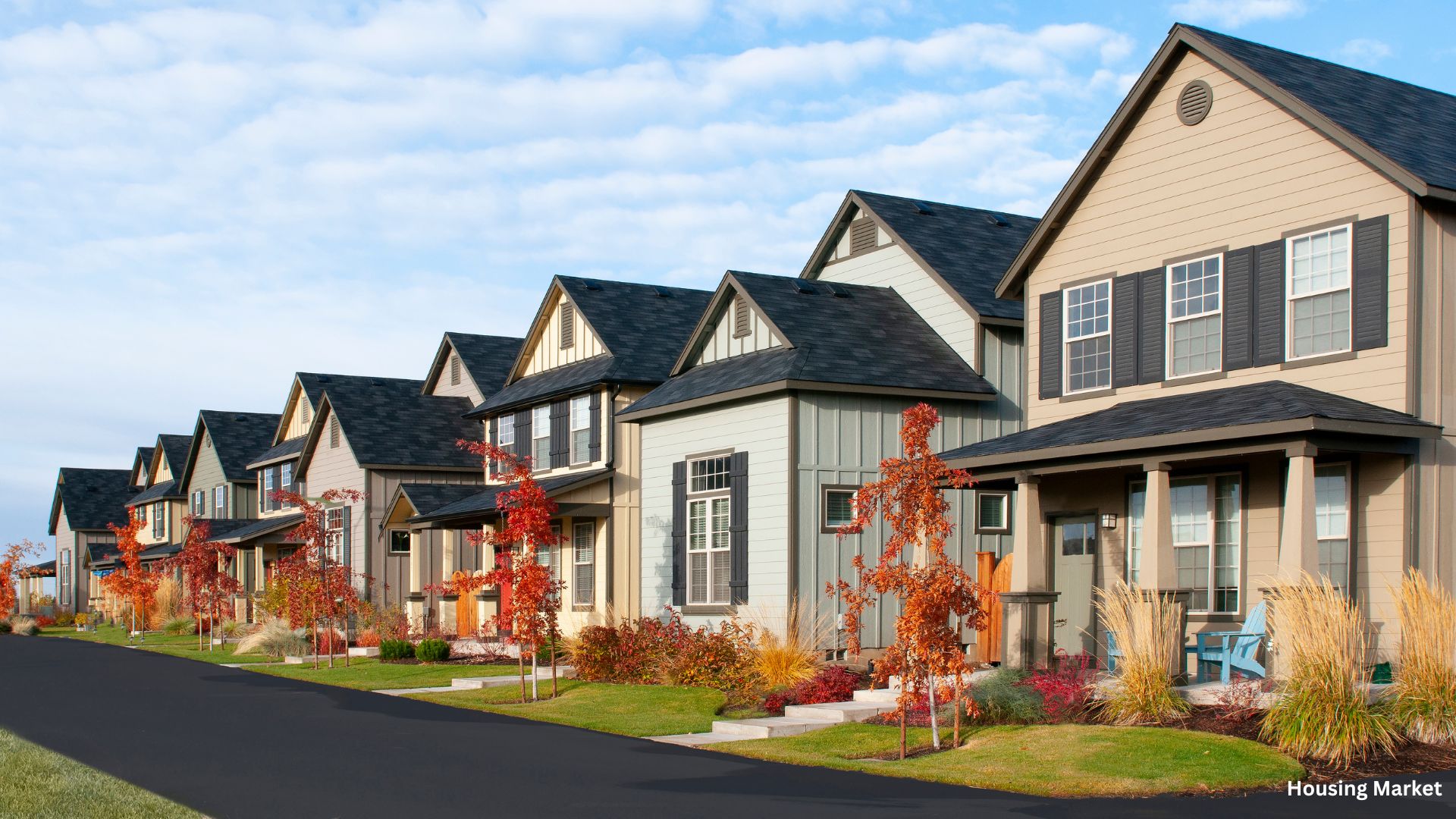
A $1 Trillion Price Increase
The AEI analysis also estimates that the Harris down payment subsidy would increase the total cost of homes purchased by the four million subsidized buyers by $177 billion. This amount exceeds the total value of the subsidy itself, which is capped at $100 billion (four million buyers receiving $25,000 each). Worse yet, the study predicts that the program would cause a broader price surge across the entire housing market, pushing the total price increase to nearly $1 trillion. For many, this raises the question: Is the subsidy truly beneficial, or could it create more harm than good?
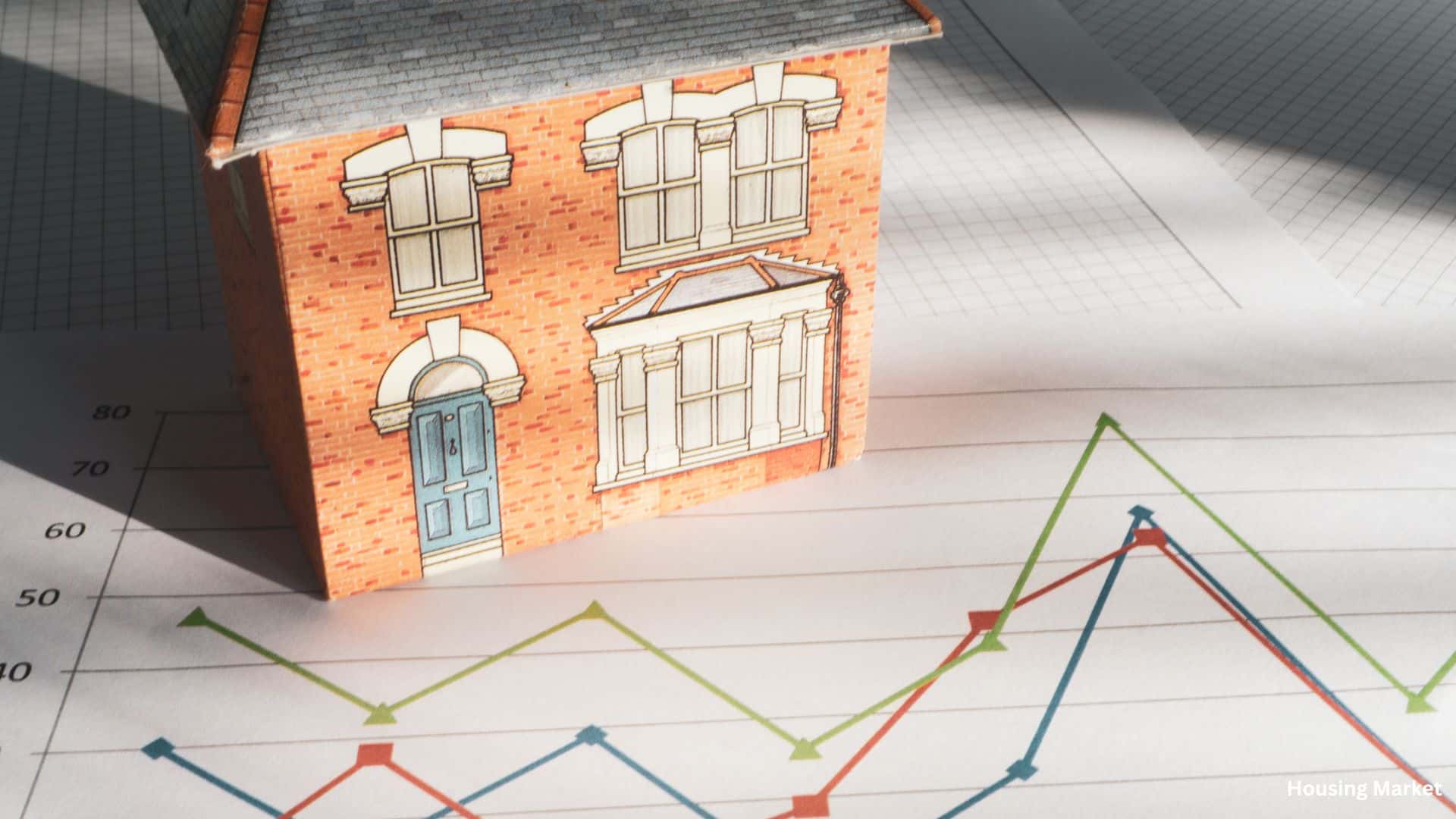
Rethinking Housing Subsidies
While the Harris down payment subsidy is a well-intentioned effort to help first-time homebuyers, the findings from the AEI study suggest it could have serious unintended consequences. Rather than making housing more affordable, it may actually raise prices, exacerbating the very problem it seeks to solve. As housing supply remains constrained by regulations and land-use restrictions, any policy that boosts demand without increasing supply will likely have similar effects. Policymakers must consider both sides of the equation—demand and supply—when crafting solutions for the housing crisis.
